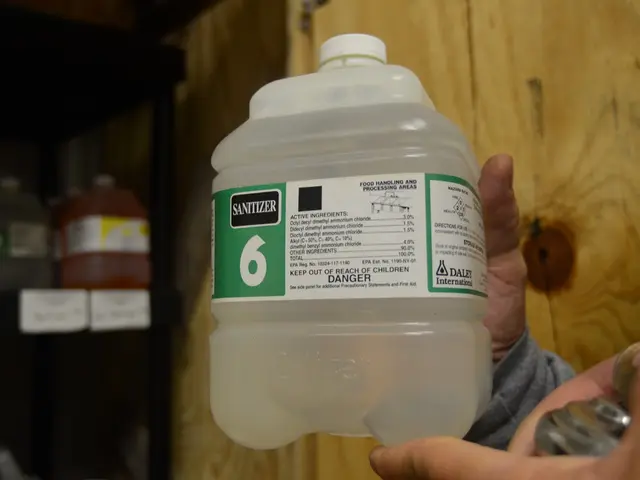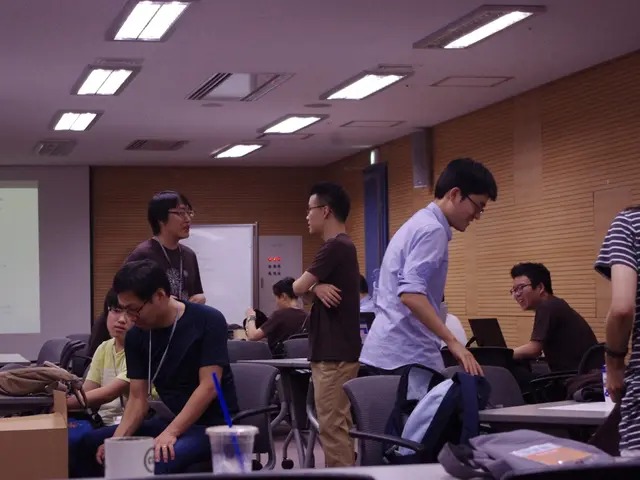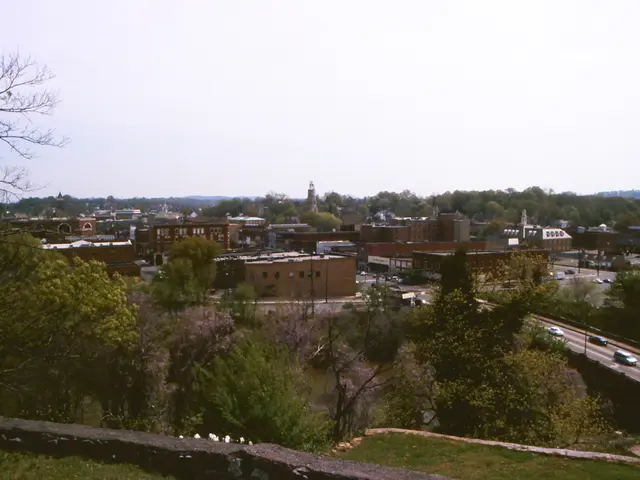Phyllodes Tumors: Recognizing Symptoms, Diagnostic Methods, and Treatment Strategies
Phyllodes tumors are a rare type of breast tumor, accounting for approximately 1% of all breast tumors, and they begin in the connective tissue. These tumors resemble leaves, earning their name from the Greek word meaning "leaflike."
While mammograms, MRIs, or ultrasounds can help in diagnosing phyllodes tumors, they may initially be misdiagnosed as other breast growths, such as fibroadenomas, due to their overlapping clinical and radiological features, particularly in younger patients.
The majority of phyllodes tumors occur in women between 40 and 50 years of age, though juvenile (pediatric) cases are very rare. The risk of recurrence and aggressive behavior is closely linked to the tumor’s histological grade, rather than patient-specific risk factors.
A biopsy is necessary to confirm a phyllodes tumor, and it can help determine whether the tumor is benign, borderline, or malignant. The most common sign of a phyllodes tumor is a firm breast lump that stretches the skin.
Phyllodes tumors can grow quickly, and those over 30 years old are more common. Around 10% of phyllodes tumors are cancerous, and if a person has a cancerous phyllodes tumor, a mastectomy may be recommended if the tumor comes back.
Having a benign phyllodes tumor does not increase a person's risk of developing cancer, including breast cancer. Regular check-ups are necessary after the removal of a phyllodes tumor to ensure the tumor has not returned.
The outlook for people with phyllodes tumors is generally good, with a 10-year survival rate of [insert survival rate here]. Given their rarity and diagnostic complexity, surgical excision and histopathological evaluation remain crucial for accurate diagnosis and management.
[1] Source for age and histological grade information [2] Source for breast cancer risk factors [3] Source for lifestyle and hormonal influences on breast cancer risk [4] Source for genetic syndromes and breast cancer risk
- Despite the firm breast lump being a common sign of a phyllodes tumor, these tumors can initially be misdiagnosed as other breast growths like fibroadenomas, causing potential delays in accurate diagnosis.
- The risk of recurrence and aggressive behavior in phyllodes tumors is closely linked to the tumor’s histological grade, rather than patient-specific risk factors such as age or genetics.
- While women between 40 and 50 years of age are most likely to develop phyllodes tumors, it's important to note that these tumors can occur at any age, including in younger patients and juvenile cases.
- Having a benign phyllodes tumor does not increase a person's risk of developing cancer, including breast cancer, but regular check-ups are necessary after its removal to ensure the tumor has not returned.
- Mental health and overall health-and-wellness are crucial during the treatment and recovery process for those diagnosed with breast cancer, including those with phyllodes tumors, in addition to managing skin-care and women's health.








